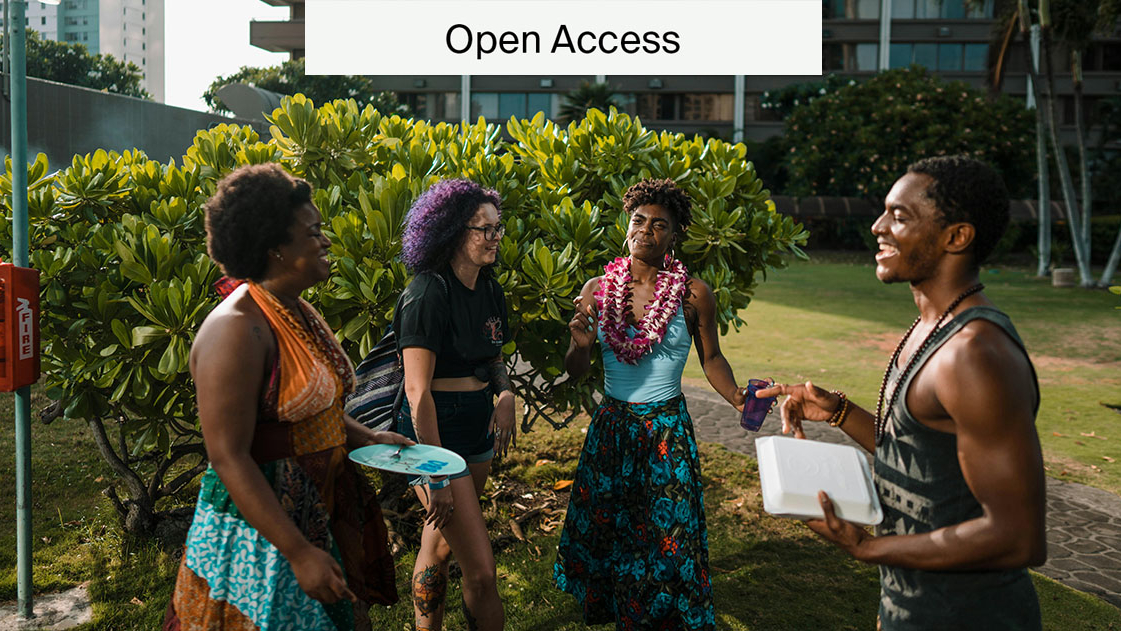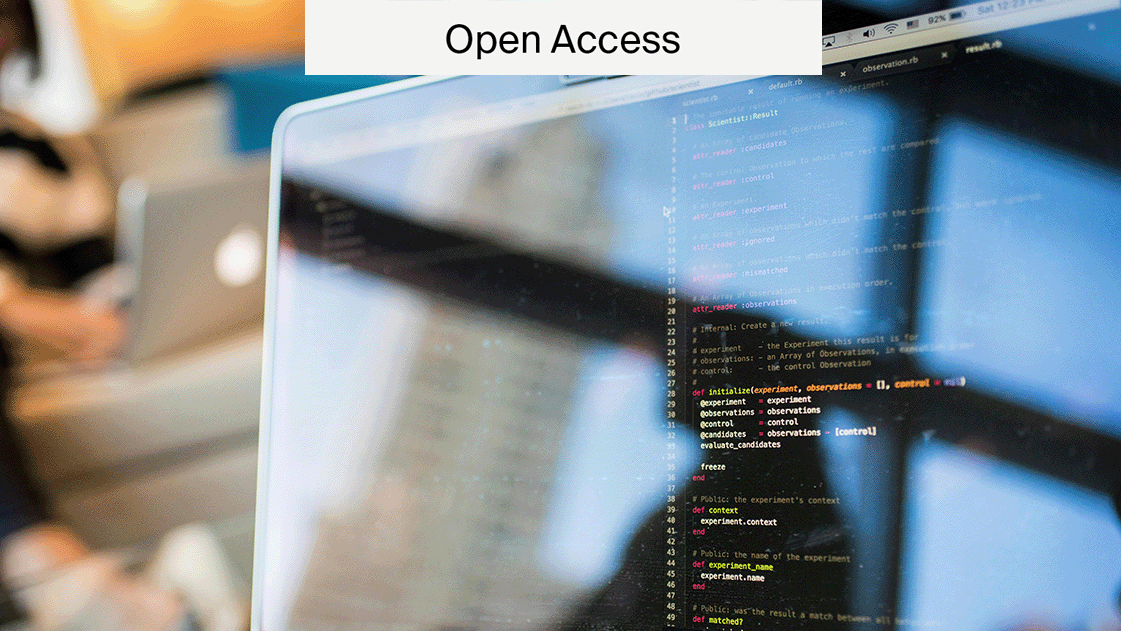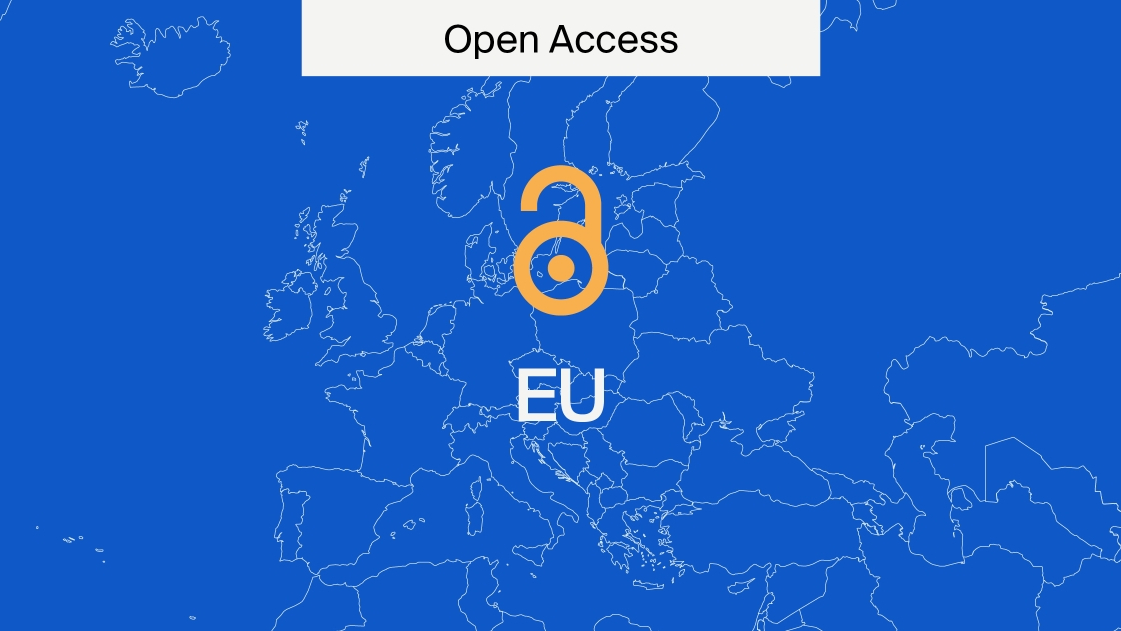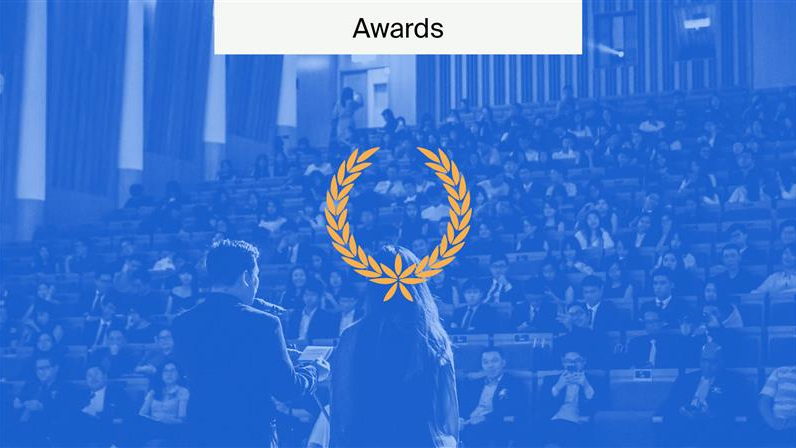
International Open Access Week—Choosing a Journal
For Open Access Week 2017, we’ll introduce you to Open Access and give you some tips for choosing a journal that’s right for you.
Each year the Scholarly Publishing and Academic Resources Coalition (SPARC) organizes an international Open Access (OA) awareness campaign. During this week-long event, taking place worldwide from 23rd to 29th October, institutions around the globe host local talks, discussions, and panels in an effort to spread awareness and support OA within their scientific communities. This year’s theme, “Open in order to…” invites participants to fill in the blank with their own vision of OA.
What does Open Access mean?
In accordance with major definitions of OA in the scientific literature, MDPI defines OA by the following conditions:
- Peer-reviewed literature that is freely available without subscription or price barriers.
- Literature that is immediately released in OA format (no embargo period).
- Permission barriers (most copyright and licensing restrictions) are removed, meaning that published material can be re-used without obtaining permission as long as the correct citation to the original publication is given.
What to consider when choosing a journal to submit to
The idea of a journal that is freely available to the public with no financial barriers to access is a growing trend in academic publishing, and more and more researchers are choosing to publish their work in OA journals. The three main factors to consider when making this decision are visibility, cost and speed.
1. Visibility
Publishing your article in an OA journal means that everyone can freely access it and download the full text, making your work more available and visible in the scientific community. According to a number of studies, Open Access papers receive more citations and are viewed and downloaded more often than those behind a paywall.
2. Cost
Both traditional and OA journals need to cover the costs of editorial and peer review-related activities. However, they employ different models for covering those costs. For OA publishing, the cost of handling and producing an article is usually covered through the one-time payment of an article processing charge (APC) for each accepted article. There are some other mechanisms, such as the Knowledge Unlatched project. In traditional publishing, the cost is associated with subscriptions, which have been steadily rising over recent decades, with some academic subscriptions costing as much as $40,000 for full online access to their database. The income per paper for traditional publishers is in the region of 4500–6000 USD per paper, much higher than a typical APC. Sadly, this has caused some libraries to cancel subscriptions, which has negative impact on both readers and authors.
3. Speed
A high percentage of authors (65–70%) consider “the speed from acceptance to publication” to be important when deciding which journal to publish in. Accepted articles are typically published more rapidly in OA journals compared to traditional, subscription-based and printed journals, as articles are immediately made available online after acceptance. At MDPI, first decisions in 2016 were made in 27.5 days and the median time from submission to publication was 68 days.

Choosing a journal
At MDPI, we aim to provide access to the latest discoveries across all research disciplines. Look out for us at a number of events during Open Access Week. We look forward to seeing you there and celebrating Open Access Week together. We have plenty of Open Access content on the blog, click here to see more.










